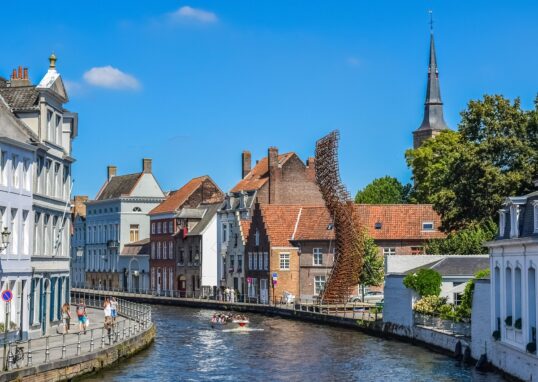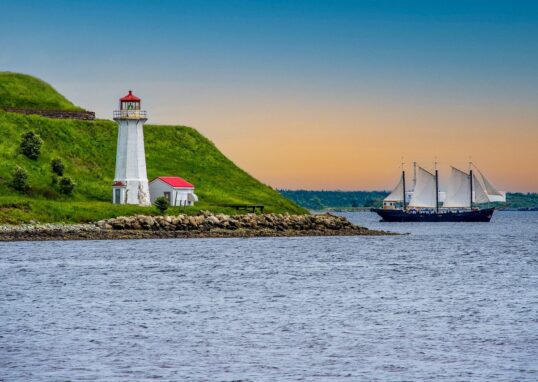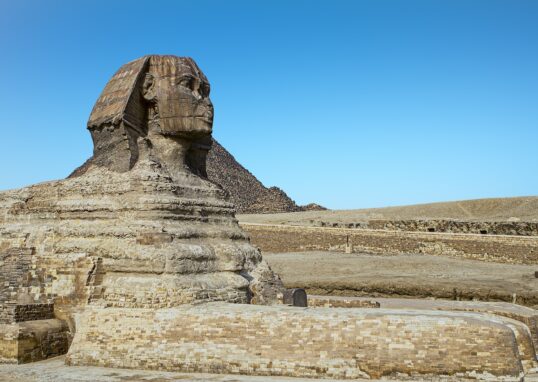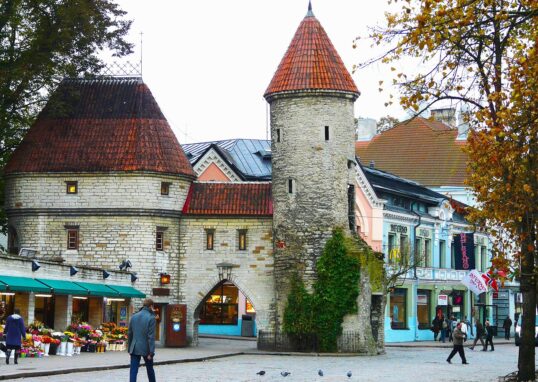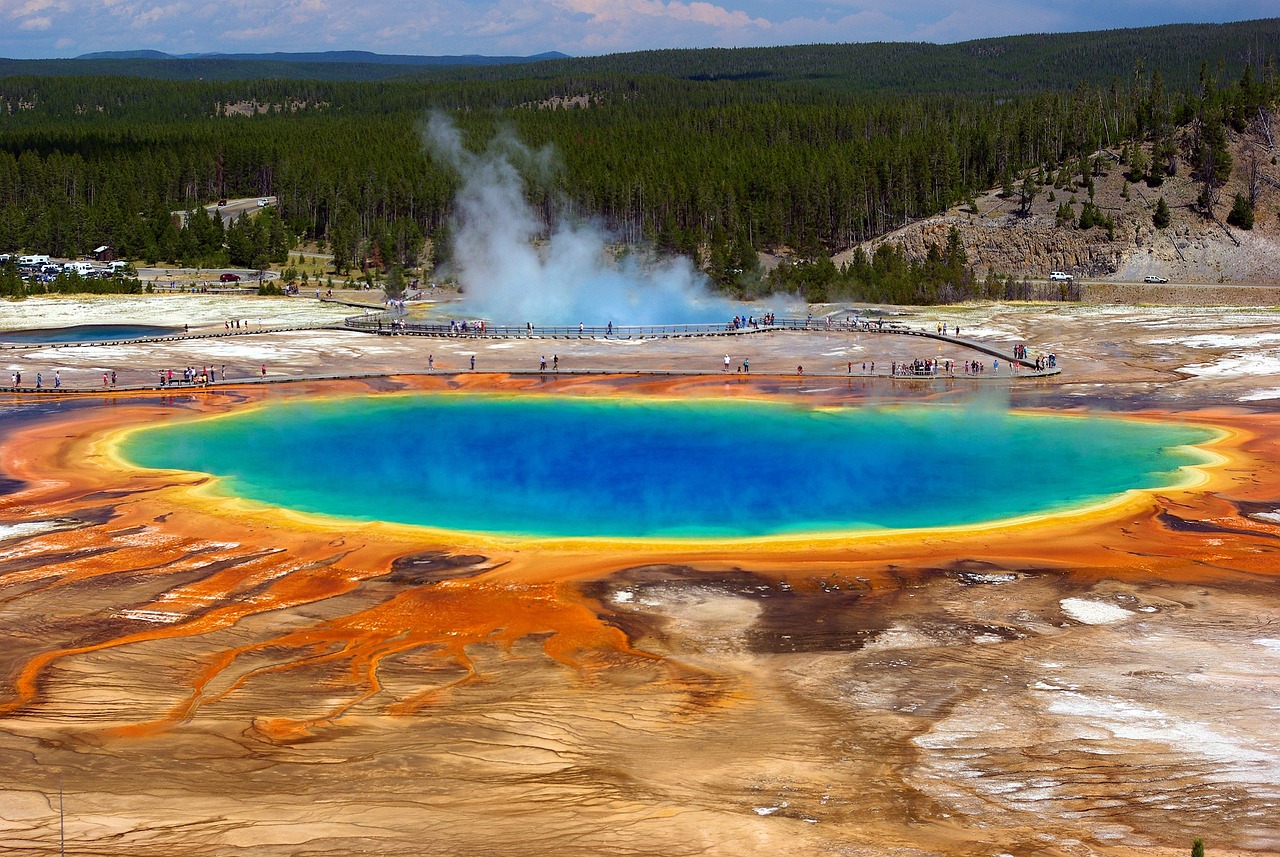
The First National Park’s Eternal Gift: Wilderness That Defies Time
Yellowstone National Park, the first national park in America, was established in 1872. It has a captivating thermal boiling, starting with geysers like the Old Faithful and the colorful Grand Prismatic Spring. The park, which, by the way, spans over 3,400 square miles across Wyoming, Montana, and Idaho, is considered to be a refuge for animals and biodiversity and is a well-known land for the denizens of the world, such as bison, antelopes, and bears, in the region. Clients can take advantage of activities such as hiking, camping in the wild, and even watching wildlife in nature with new challenges. The pines are the source of all wonders that nature lends in extraordinary flora and fauna, but the other elements help them provide excellent support and shelter in the mightiest trees. As UNESCO recognizes, Yellowstone happened to be a lesson in Nature’s Beauty and Conservation.

Yellowstone National Park
Key Attractions:
Geothermal Features
Old Faithful Geyser
This geyser is very active and erupts quite frequently, about 33 times in 24 hours. It can erupt up to 180 feet and is spectacular in itself. It is even safer to see as it is surrounded by a boardwalk.
Grand Prismatic Spring
Differing from others in that it gets the most colorful water types, whether in the form of boiling water or the large majority, it is the largest hot spring. The hues are caused by different microorganisms living on the underwater edge.
Mammoth Hot Springs
These terraces are made from limestone deposits that move and continuously change their form and color due to the thermal spring water.
The best-known feature in the park is the Old Faithful geyser, erupting with great regularity, drawing people in to witness its awe-inspiring display. Yellowstone is also home to the world’s most significant geysers, such as the Grand Prismatic Spring, a kaleidoscopic-colored hot spring with breathtaking hues. The geothermal features in the park are just the beginning of its appeal. The Grand Canyon of Yellowstone, with its grand waterfalls and painted walls of the canyon, is mind-boggling and has superb hiking potential. Yellowstone Lake, a large alpine lake and one of North America’s finest, is ideally suited for boat travel, fishing, and wildlife viewing. The Lamar Valley, also known as “the Serengeti of North America” by most tour guides, provides a great vantage point for observing bison, elk, wolves, and grizzly bears in their wild environment.
Wildlife Watching
Beyond Yellowstone, the Greater Yellowstone Ecosystem offers even more opportunities for adventure. Grand Teton National Park, south of Yellowstone, features the stunning Teton Range, glacial lakes, and plentiful wildlife. It is a photographer’s, hiker’s, and climber’s paradise, with famous places like Jenny Lake and Schwabacher Landing offering stunning vistas.
Bison
Yellowstone boasts the largest population of bison in the US. Depending on the time of year, they can frequently be seen in Lamar or Hayden Valley.
Wolves
Since being returned to the park in 1995, wolves have annually been the most cited attraction of Yellowstone, as this happened during the park’s natural realignment. The chance to see them is excellent at Lamar Valley, especially in the evening or early morning.
Bears
Yellowstone is a resident place for grizzly and black bears. The most common time to see bears is spring through early summer, with peak times at places like Dunraven Pass and Mount Washburn.
The Jackson Hole, Wyoming, community is an entrance to Yellowstone and Grand Teton National Parks. It has a Western feel and offers accommodations, restaurants, and cultural services like the National Museum of Wildlife Art and the Jackson Town Square, famous for its elk antler arches.

Scenic Drives and Trails
Yellowstone Grand Loop Road
This road is the longest in the park, with 142 miles, and leads to most of its essential spots. It is divided into Upper and Lower loops, each providing a different environment and encounters.
At this open terrace, one is hypnotized by the view of the Yellowstone River as it descends into the forlorn canyon over powerful waterfalls such as the Upper and Lower Falls.
Mount Washburn Trail
A popular hiking trail that offers panoramic views of the park and is one of the best places to spot wildlife, including bighorn sheep.
Lakes and Waterfalls
Yellowstone Lake
As the largest lake at high elevation in North America, Yellowstone Lake offers tourists fishing, boating, and wildlife viewing.
Lower Falls
It is the tallest waterfall in the park, at 308 feet. The waterfall is best seen from Artist Point and Uncle Tom’s Trail.
Historic Sites and Visitor Centers
Old Faithful Inn
This rustic hotel, constructed in 1904, is a National Historic Landmark and one of the world’s largest log structures. It is a great place to rest or visit while the Old Faithful erupts.
Yellowstone Heritage and Research Center
This institution is situated just outside Gardiner, Montana, and it houses an array of the park’s historical documents, artifacts, and unique specimens.
Seasons and Activities
Summer (June to August)
Yellowstone is the busiest time of the season, and the warm weather is perfect for hiking, camping, and exploring the open attractions. Most facilities and roads are open.
Fall (September to November)
When the temperature decreases and the number of visitors reduces, you will undoubtedly have a wonderful time. The fall foliage colors and the elk rutting season (Mating season) make it an amazing time to come and see.
Winter (December to February)
Winter, the snow-covered land in Yellowstone, works like a magical transformation that brings this place to life with unique activities such as snowshoeing, cross-country skiing, and guided snowmobile or snowcoach tours. Wildlife seems to be easily spotted against the white background.
Spring (March to May)
When the snow melts, the park bursts with blooming wildflowers and the birth of young animals. This period is generally quieter, so it is an excellent time for those who want to avoid all the crowds.
Practical Information
Entrance Fees
Final costs will depend on the mode of transportation (vehicle, motorcycle, or individual) and the duration of the visit.
Lodging
Accommodations range from historic lodges like the Old Faithful Inn to campgrounds throughout the park.
Safety
The park’s geothermal features are very hot and could be deadly. Visitors are always advised to follow the marked trails and boardwalks. Wildlife is wild, so keeping a safe distance, especially from bears and bison, is advisable.
Cultural and Historical Significance
Indigenous Heritage
The Yellowstone area was home to several indigenous tribes in America for thousands of years before the White Man came. Some of the more notable of these were the Shoshone, Crow, and Blackfeet. The park’s resources were the main aspects of their lives, and many places in the park are named after and historically significant to Native Americans.
Conservation Legacy
The fact that Yellowstone was the first national park justifies the establishment of Yellowstone as a precedent for the setting of conservation efforts by park systems globally.
Tips for Visitors
Plan Ahead
Because of all the attractions’ large size, visitors are highly recommended to plan their journey well before the intended travel date. To do so, select the areas and activities you like the most and give yourself some time to explore.
Stay Hydrated and Prepared
Yellowstone’s dry and high elevation makes people feel thirsty or dehydrated. If you are walking or going to remote areas, ensure that you carry enough water and are alert to any sudden changes in weather.
Yellowstone National Park, the first national park in America, covers a 3,400-square-mile segment of Wyoming, Montana, and Idaho. It is impressive with its array of hot springs, geysers, and other life forms, as well as stunning scenery. Founded in 1872, Yellowstone features around half of the world’s active geysers, the Old Faithful being the most popular one.
In the same way, Park’s geothermal wonders include vibrant hot springs such as the Grand Prismatic Spring, which is best known for its combination of colors that was so unusual it could be easily seen as the whole color spectrum or as the whole of the color palette. Apart from the geological attractions, Yellowstone is also a sanctuary for people who love nature and want to see the wild animals in their natural environment, where they can even see bison, elk, wolves, and grizzly bears walking around. USA travellers also visit the most popular place, the Las Vegas Strip, a 4.2-mile-long road located in Las Vegas, Nevada, and has a central and dynamic position, being the city’s entertainment and tourism sector’s focal point. Suppose you are a visiting gambler, shopping, dining, or seeking extraordinary entertainment and nightlife.
Conclusion
Yellowstone National Park, besides its geysers, hiking opportunities, and views of geysers, is also a place of unparalleled natural beauty, rich history, and diverse wildlife. North of Cody lies Gardiner, Montana, a busy gateway into Yellowstone with easy access to the park’s Mammoth Hot Springs and Roosevelt Arch. Yellowstone is connected to Red Lodge, Montana, by the Beartooth Highway, possibly America’s most scenic road drive, and offers stunning vistas of the Beartooth Mountains. Whether you’re marveling at its geysers, hiking its trails, or enjoying the view, Yellowstone provides an unforgettable experience for all who visit.






